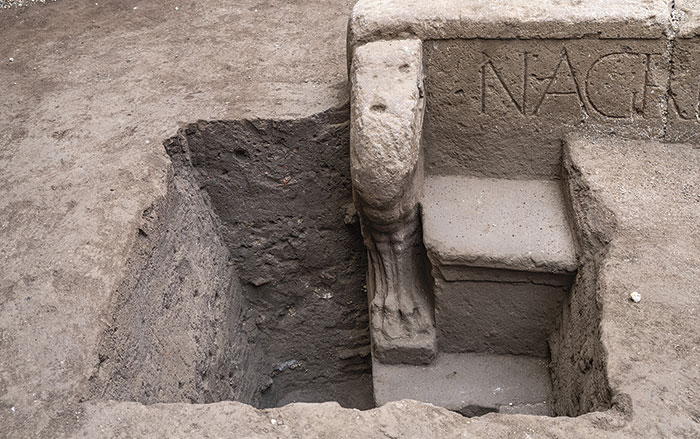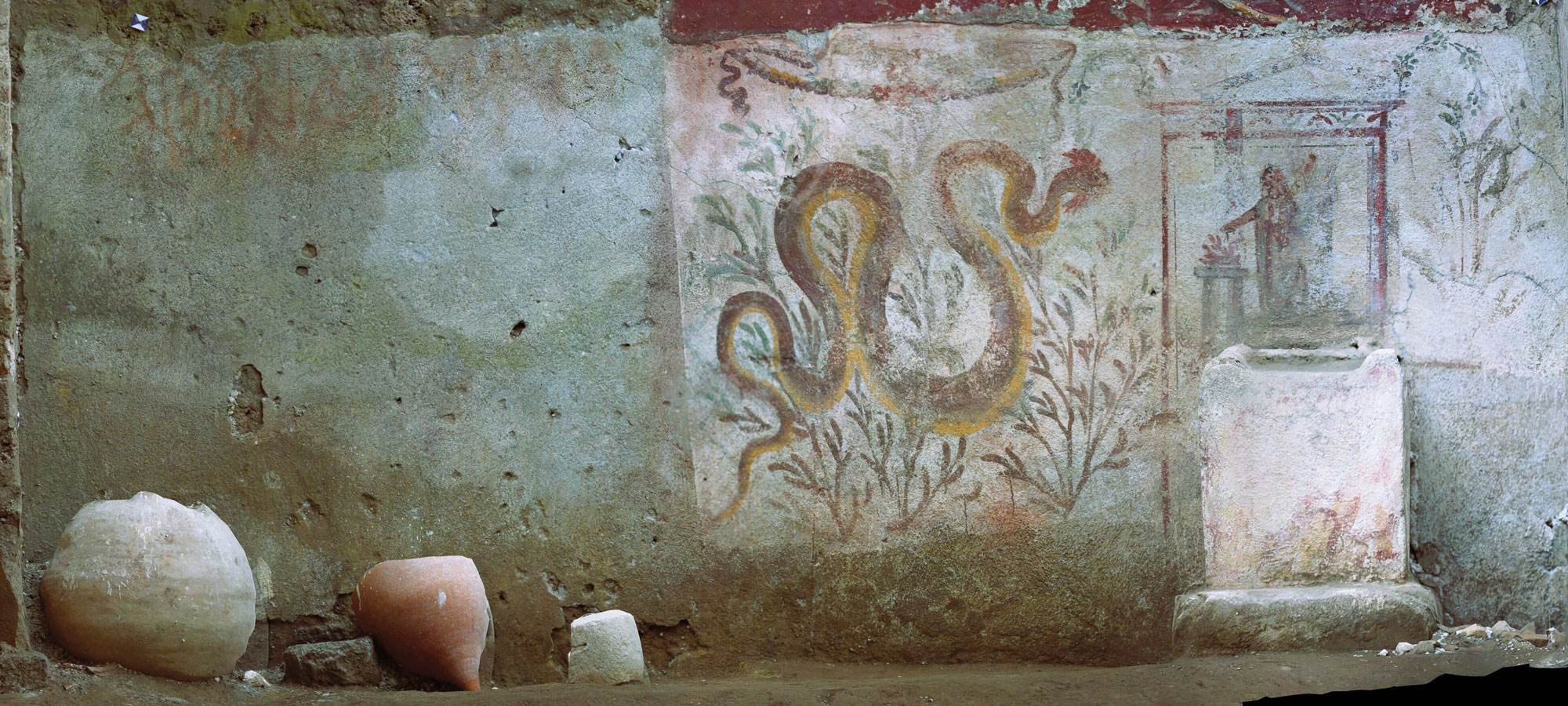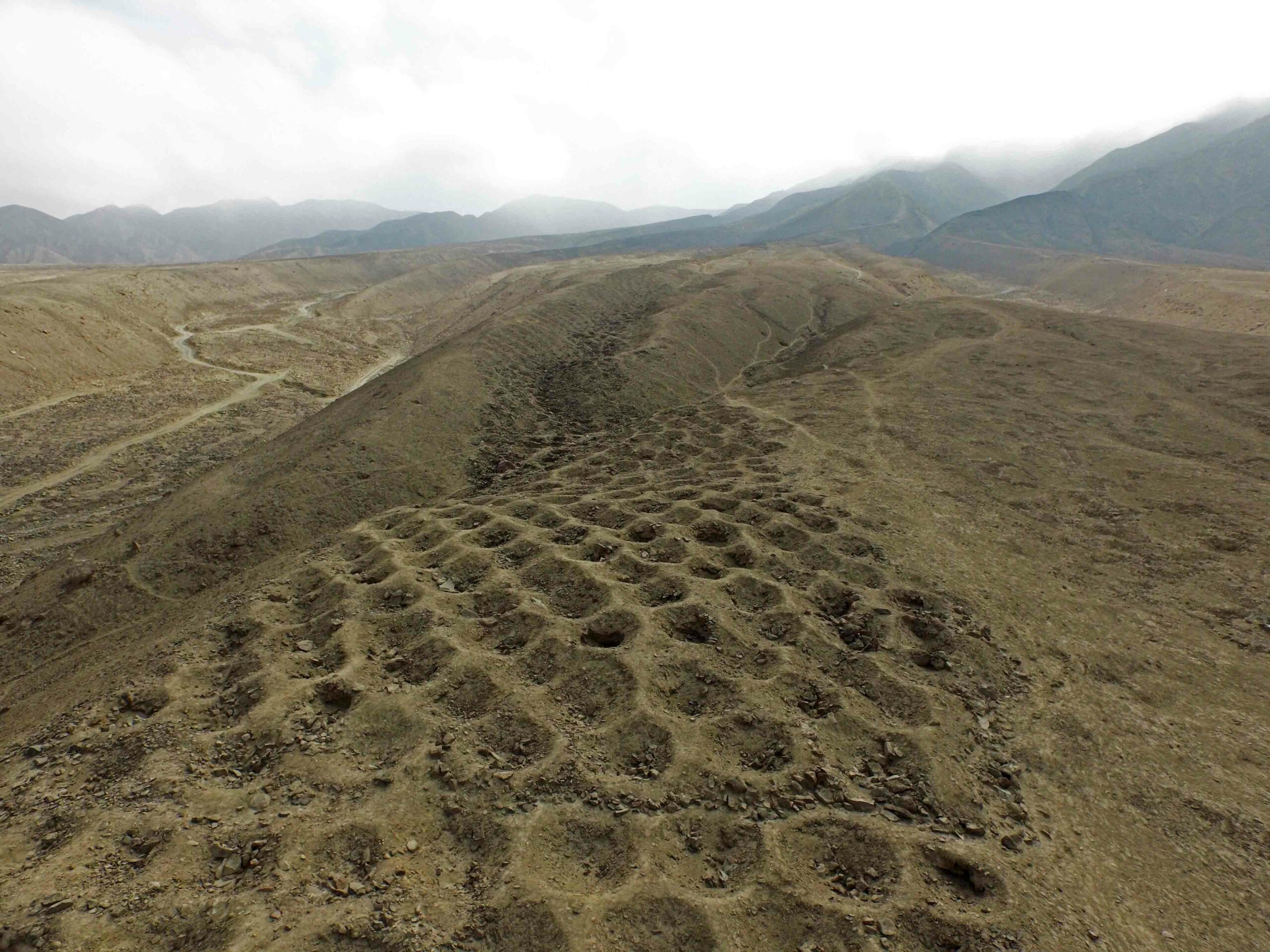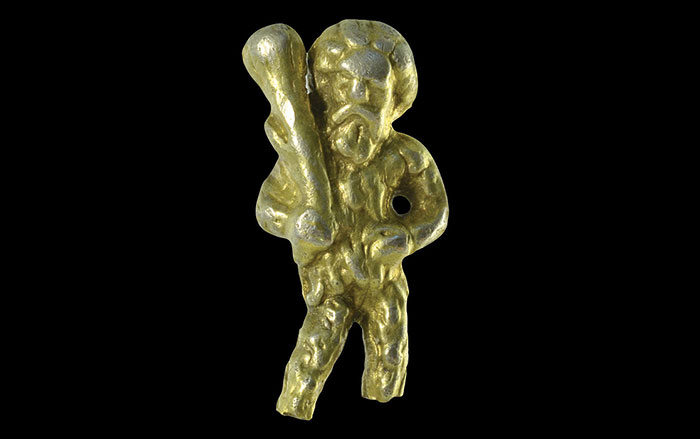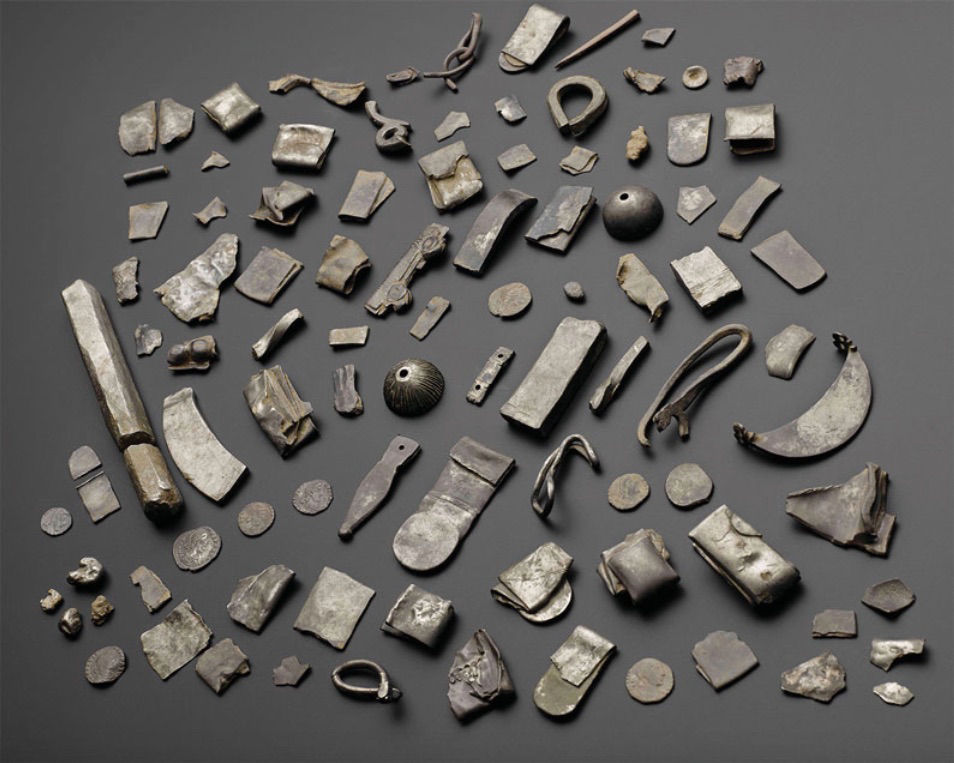
EDINBURGH, SCOTLAND—Researchers led by Gordon Noble of the University of Aberdeen returned to a farmer’s field in northeastern Scotland where a hand pin, chain, and spiral bangle all made of silver in the fourth or fifth centuries A.D. had been found more than 170 years ago. According to a report in Live Science, on the second day of the investigation, the team, which had the assistance of metal detectorists, found three Roman silver coins, a silver strap end, a piece of a silver bracelet, and pieces of hack silver. Over a period of 18 months, they gathered a total of 100 artifacts, now known as the Gaulcross Hoard. The pieces are thought to have been high-status objects imported from the Roman world. The research team suggests that the items in the hoard had been collect by non-Romans, such as the Picts, through looting, trade, bribes, or as military pay. Noble adds that the chunks of silver may even have served as currency. For more, go to "Seaton Down Hoard."


